The year is 2020 and although automation and machines haven’t completely taken over, they’ve absolutely changed the workplace, the workforce, and the way we work. The changes aren’t siloed to any one industry, role, or demographic, rather, they are affecting every crevice of global organizations, leaving many employees running towards the unknown.
As humans, we aren’t naturally comfortable with the uncomfortable. There’s a certain type of ease that comes with knowing what to do, how to do it, and what will happen. But let’s face it, that’s not the reality of what we experience in the workplace, let alone in life! Being able to adapt to ever changing situations is key to driving to greater outcomes, but it can be hard when the newfound way is strikingly different to what you know. The key to all of this is a mindset shift – easier said than done, I know. Let’s take a look at this 3-step process that increases your adaptability.
Changing Your Perspective
The first step to adapting is to slightly shift the needle on your perspective. It’s about thinking about something in a different, yet connected way, while taking outside factors into play. The best way to do this is to get the perspectives of others – what do they think, why do they think that, how will they react to this? Perspective shifts don’t magically happen overnight, but rather it’s when you consciously open your mind with a willingness to hear another point of view and concept – that is where the magic happens.
Understanding the Concept
Now that you have pieced together your original outlook with perspectives from others, it’s time to build a new concept. Don’t worry, this is the fun part. Let’s see how this plays out for Liam in the example below.
Liam is a Senior Account Executive, and he’s been the top seller at his organization. Liam keeps track of all his top clients and revenues in a spreadsheet that he’s built, and it’s worked for him. However, the company is moving to an integrated CRM system that streamlines and automates workflow for his Account Manager, the finance department, and the rest of the sales department. Liam feels frazzled with the new system, so he asks a few co-workers to share how they are using the system and why it works for them. His co-workers share that although the upfront inputting of data is time consuming, it saves them time along the way in terms of spending more time with customers and also minimizing the back and forth with the finance department. With these perspectives and experiences, Liam can now understand how this integrated CRM may benefit him in the long run.
Taking Action
After you’ve done your internal research to come to a new concept of what it means to do whatever you need to do, it’s time to take action.
In Liam’s case, he’s ready to dive into the new CRM system because the unknown really isn’t the unknown anymore. He was able to make sense of a new concept by opening his mind and taking steps forward to understand how it would fit into his day-today.
With an open mind and a new perspective, you are slowly “unlearning” old methods, making room for new concepts, and gearing up for change. To really change a behavior, repetition is key. You won’t have it perfect the first time around, but it will start to mold into your day-to-day workflow, and you’ll perfect it along the way.
Being able to lead through ambiguity is a constant cycle – so don’t get too comfortable here! Nailing this process of quickly “unlearning”, re-learning, and adapting will prove to be your greatest skill set as we move into the Future of Work.
Nishika de Rosairo | CEO and Founder | HumanQ
Contact Nishika: nishika@humanq.com
Contact HumanQ: info@humanq.com
Website: humanq.com











